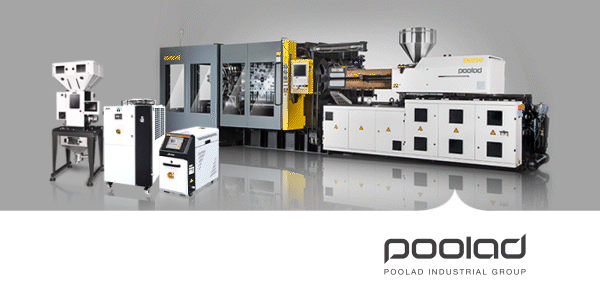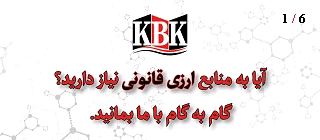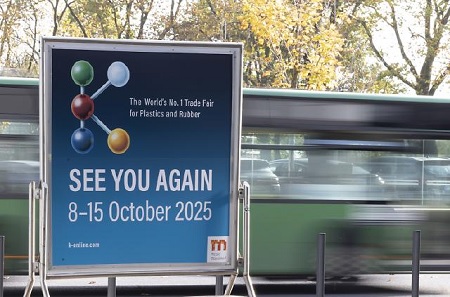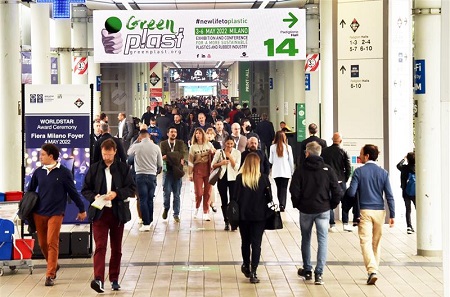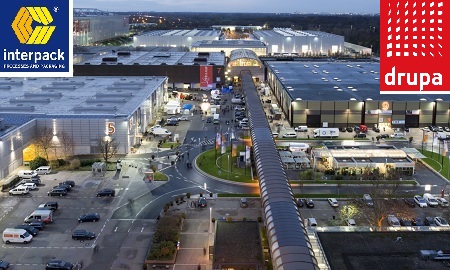According to national media news, a comprehensive review of over 1,700 domestically produced nanotechnology-based products in early 2025 reveals significant penetration of nanotech across various Iranian industries.
 According to a report by the Vice Presidency for Science, Technology, and Knowledge-Based Economy (ISTI), the “chemicals” sector ranks first with 371 products, followed closely by the “transport” sector with 360 products.
According to a report by the Vice Presidency for Science, Technology, and Knowledge-Based Economy (ISTI), the “chemicals” sector ranks first with 371 products, followed closely by the “transport” sector with 360 products.
In the chemical industry, nanotechnology has seen rapid adoption, driven by its utility in enhancing durability, stability, and performance. Nano-structured materials are widely used in paints, coatings, anti-corrosion agents, and catalysts.
Iran’s major investments in petrochemicals and refineries, combined with skilled human capital and advanced research centers, have further accelerated this trend.
The transport sector has also embraced nanotech to improve fuel efficiency, safety, and structural integrity. Nanocomposites, anti-wear coatings, and advanced lubricants are now common across automotive and transport applications.
Nanocomposites, anti-wear coatings, and advanced lubricants are now common across automotive and transport applications.
While these two sectors lead the field, others such as “environment and water,” “agriculture and food,” and “stationery and leisure” still lag in nanotech product output.
However, experts see strong growth potential in these areas—especially amid mounting environmental challenges and the need for more efficient agricultural practices.
The report highlights a concentration of high R&D activity in sectors like transport, with some companies producing multiple nanotech solutions. Conversely, fields like optics and industrial services show lower product-to-company ratios, possibly due to technical and financial hurdles.
 Further the above review and based on specialty news of PIMI Editorial-Team, within the chemical sector a company named “KBK Engineering Achievements” established in 2019 has been able to design formulates for several high-tech top engineering plastics to be used in auto and medical industries, also an innovative surface coating with characteristics like anti-virus, anti-scratch, and permanent surface coating.
Further the above review and based on specialty news of PIMI Editorial-Team, within the chemical sector a company named “KBK Engineering Achievements” established in 2019 has been able to design formulates for several high-tech top engineering plastics to be used in auto and medical industries, also an innovative surface coating with characteristics like anti-virus, anti-scratch, and permanent surface coating.

